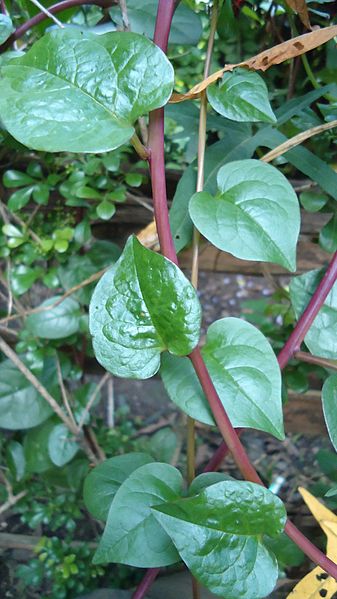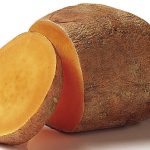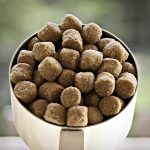Also known as red vine spinach, climbing spinach, creeping spinach, buffalo spinach, and Malabar spinach
It is a leaf vegetable that is found in tropical Africa and Asia.
So can guinea pigs eat vine spinach and if they can, how much of it can be eaten?
In particular, its calcium, phosphorous, sugar, fat and acidic content.
Vinespinach, (basella), raw
Nutritional value per 100 g (3.5 oz)
Energyt79 kJ (19 kcal)
Carbohydratest3.4 g
Fatt0.3 g
Proteint1.8 g
Vitamin A equiv.t400 μg (50%)
Thiamine (vit. B1)t0.05 mg (4%)
Riboflavin (vit. B2)t0.155 mg (13%)
Niacin (vit. B3)t0.5 mg (3%)
Vitamin B6t0.24 mg (18%)
Folate (vit. B9)t140 μg (35%)
Vitamin Ct102 mg (123%)
Calciumt109 mg (11%)
Iront1.2 mg (9%)
Magnesiumt65 mg (18%)
Manganeset0.735 mg (35%)
Phosphorust52 mg (7%)
Potassiumt510 mg (11%)
Zinct0.43 mg (5%)
(source: Wikipedia)
As you can see vine spinach does contain some phosphorus, calcium, and is quite acidic, plus a hint of fat.
It does also contain a huge amount of vitamin c as well.
From the above information, guinea pigs can eat vine spinach, but only on a weekly basis, because of its calcium, phosphorus, and acidic content.











